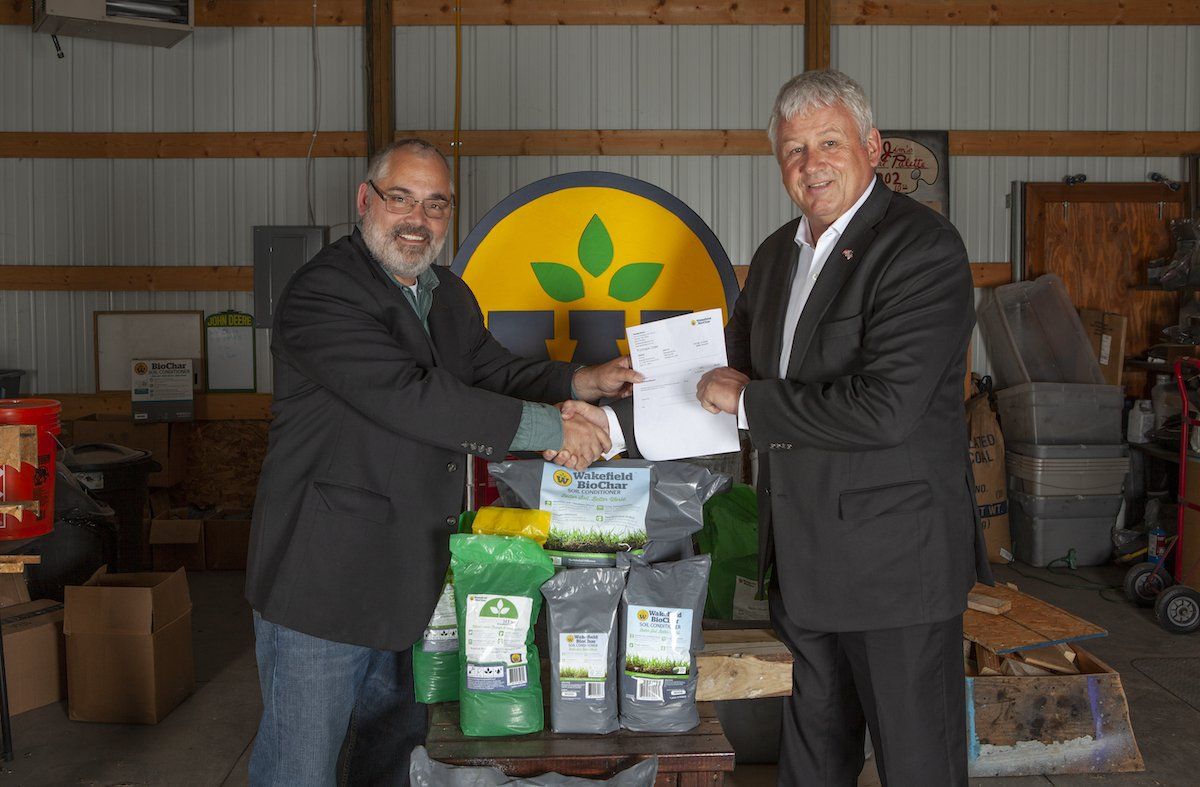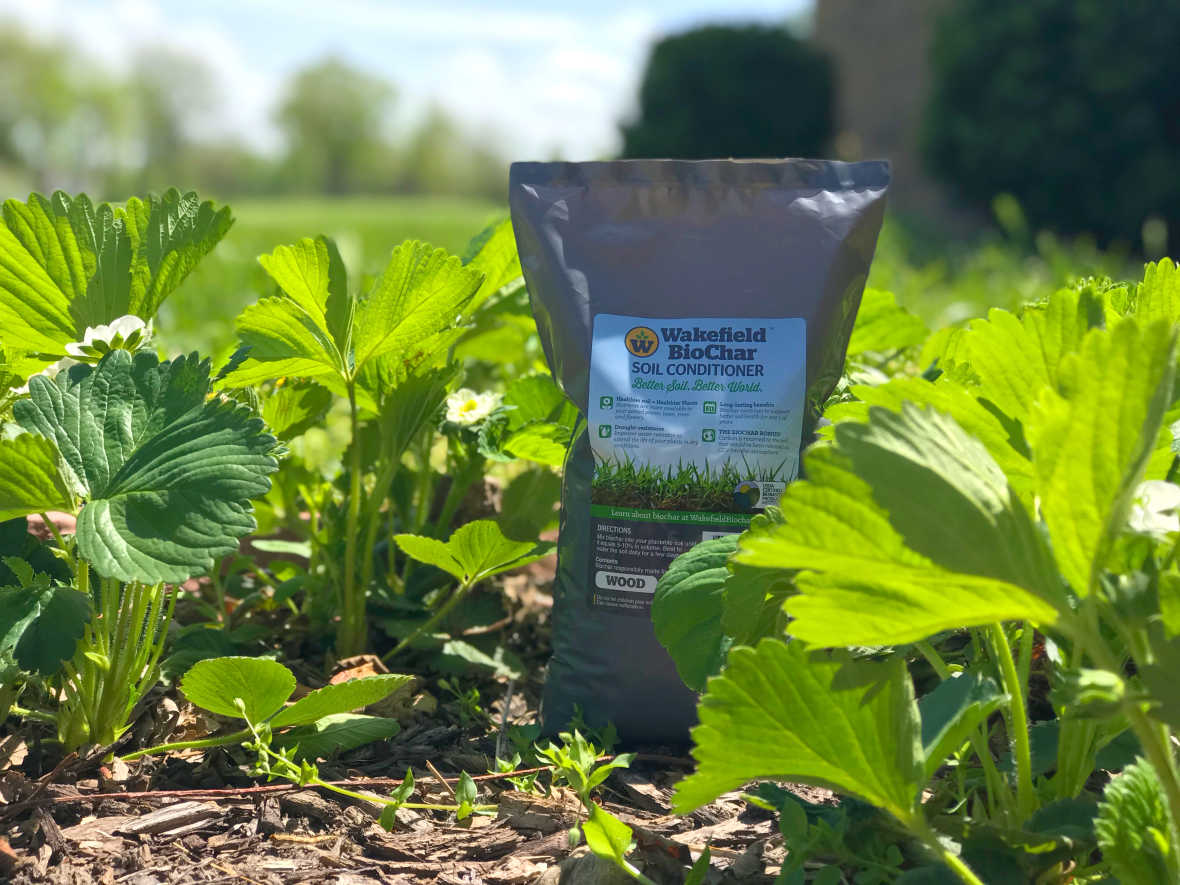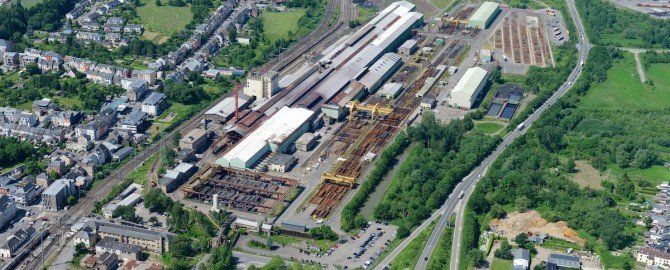Frequently Asked Questions
Questions and answers about Biogreen
Here we list frequently asked questions and their answers. Please contact us if you have any questions that you think we should add here.
- What types of treatment can be performed in Biogreen?
Biogreen is suitable for torrefaction, carbonisation, pyrolysis and high temperature pyrolysis, as well as calcination processes.
Fully controlled and air-free atmosphere of reaction makes our system capable to valorise all kind of biomass and waste by using wide range of temperatures, from 200°C up to beyond 800°C. Thanks to that, range of Biogreen applications covers variety of process for solid fuel, biocoal and biochar production as well as waste to energy conversion.
- How is the pyrolysis unit heated?
The external energy that powers Biogreen is electricity. Biogreen technology is based on an electrical heating screw conveyor (Spirajoule) which directly transfers the heat to the product. The product temperature is precisely controlled based on the heating screw temperature setting while the residence time (dwell time) is regulated by screw rotation speed setting. This unique construction of pyrolyser guarantees process flexibility and constant quality in all forms of treatment applied in Biogreen.
- When Biogreen was first developed?
Biogreen was first developed in 2003. The first unit, a pyrolysis process for converting wood (sawdust) into biooil and biochar, operates successfully until today.
- How many Biogreen units are there?
Until today, we have provided over 45 Biogreen units operating on different feedstocks worldwide.
- Can I test Biogreen with my own product?
The Biogreen process can be tested in Europe or in USA and you can find more details about the typical testing services here on our websites. Please contact our representative to find out the possible scope and date of testing.
- What is the capacity of Biogreen?
A wide range of Biogreen units is available. The most common capacities of machine models is explained on our websites.
The actual mass flow of product treated in Biogreen will depend on two factors: its bulk density and applied residence time, which is the time spent by product inside the Biogreen reactor. Depending on the treatment purpose, residence time can be setup within the range between 5 up to over 40 minutes.
- What are the ratio of solid, liquid and gas?
Product ratio depends on characteristics of treated material and operating conditions.
Lower process temperatures (250 – 400°C) favour the highest production of solid product (60-85%) making the process suitable for biomass to charcoal and bio-coal conversion. Moderate temperatures (450 – 600°C) increase the production of oil (up to 40%). High temperature treatment (650 – 800°C) direct the process to obtain maximum syngas amounts (up to 95%) for highest potential for energy valorisation (heat and electricity production). Regulation of operating conditions (temperature and residence time) makes Biogreen a precise tool for waste and biomass conversion, suitable to navigate the process and obtain most expected results.
- What is the efficiency of the Biogreen?
Efficiency is given by the ratio: output energy / input energy to the system. Global efficiency of Biogreen is up to 80 – 95%.
- What is Biogreen?
Biogreen is a brand of ETIA, an innovative and worldwide patented continuous thermal treatment system, which can be used as carbonizer, pyrolyzer or gasifier. It can convert any kind of waste and by-products, such as biomass (forest or crop residues), plastics (RDF, SRF from municipal or industrial waste), rubber (waste tires) sewage or industrial sludge. Treatment performed in Biogreen allows to transform these resources into a new products and energy.
- What are the limitations of Biogreen process?
Limitations are:
- Rheological (flow characteristics) properties of the feedstock. The product must be a free flowing, bulk material transportable by a screw conveyor without a sticking problem.
- Inlet moisture of material should be as low as possible (recommended < 10%)
- Particle size into the Biogreen should be less than 30 mm
- What is the footprint of a Biogreen installation?
This depends on the model of equipment. Standard 1 tonne per hour unit of the Biogreen footprint can be as low as 15 m X 5m X H 4 m.
- What is included in a Biogreen standard configuration?
Standard configuration of Biogreen includes:
- Hopper for feedstock storage (to ensure approx. 20 min of production)
- Feeding and extraction systems before and after the pyrolyzer to ensure air restricted atmosphere of the pyrolyzer
- Spirajoule pyrolyzer with electrical heating screw technology
- Cooler for solid phase with a double jacketed auger with circulation of chilled water and water spray system
- Transformer, electrical cabinet and control panel with PLC
- Container or platforms for operator’s access
- System for syngas management, typically conversion into hot water or steam
- What standard configuration of Biogreen do not include?
Standard configuration of Biogreen does not include (following elements can be proposed as option):
- Dryer for the feedstock
- Grinder for the feedstock
- Specific gas cooling and cleaning system
- Syngas engine (applied to valorise syngas to electricity)
- Final gas treatment (sized and design accordingly to local compliances and regulations)
- What is the experience of Biogreen with biomass and waste?
Biogreen’s experience covers : wood residue (chips and sawdust), crop residue (straw), animal manure (chicken and pig), sewage sludge, industrial sludge, plastic foil, plastic from car fluff, plastic from MSW, used tires, hospital waste, RDF and SRF from municipal solid waste and many others.
News
Biogreen is a thermochemical conversion process for converting biomass, waste and residues into high added value products.
Biogreen is a part of
Vow - vowasa.com
ETIA SAS
Carrefour Jean Monnet
BP 20101 60201, Compiègne
FRANCE
+33 3 44 86 44 20
NEWS
APPLICATIONS
© Copyright - ETIA SAS - a part of
Vow





